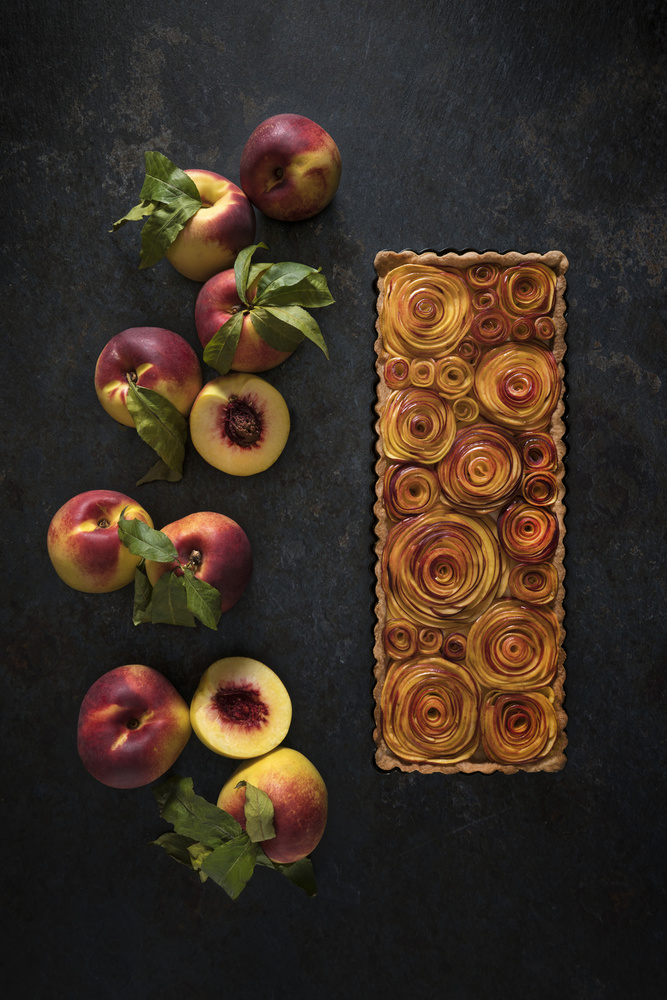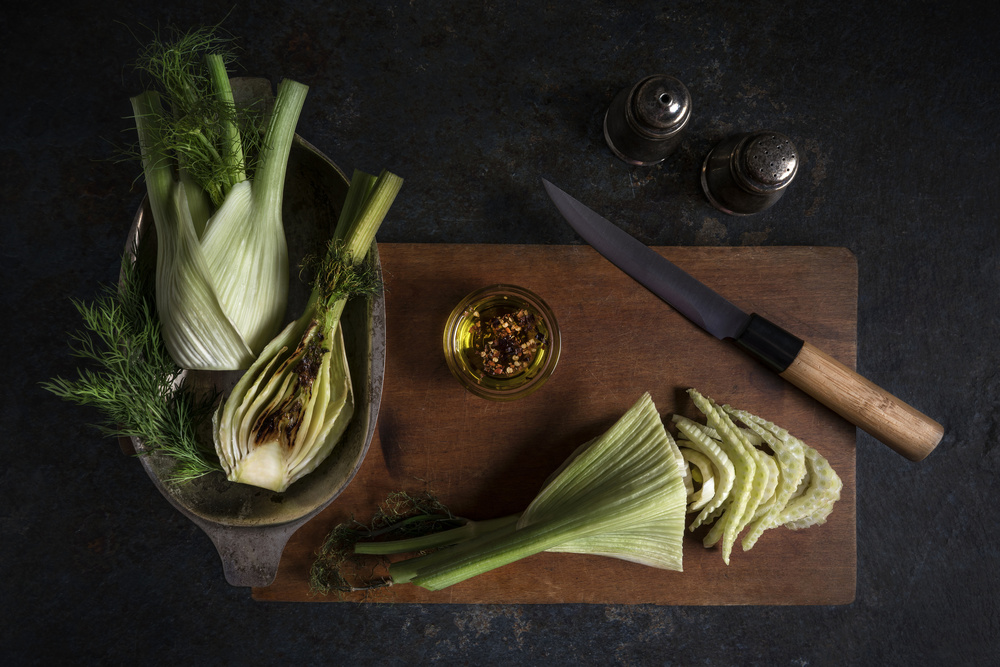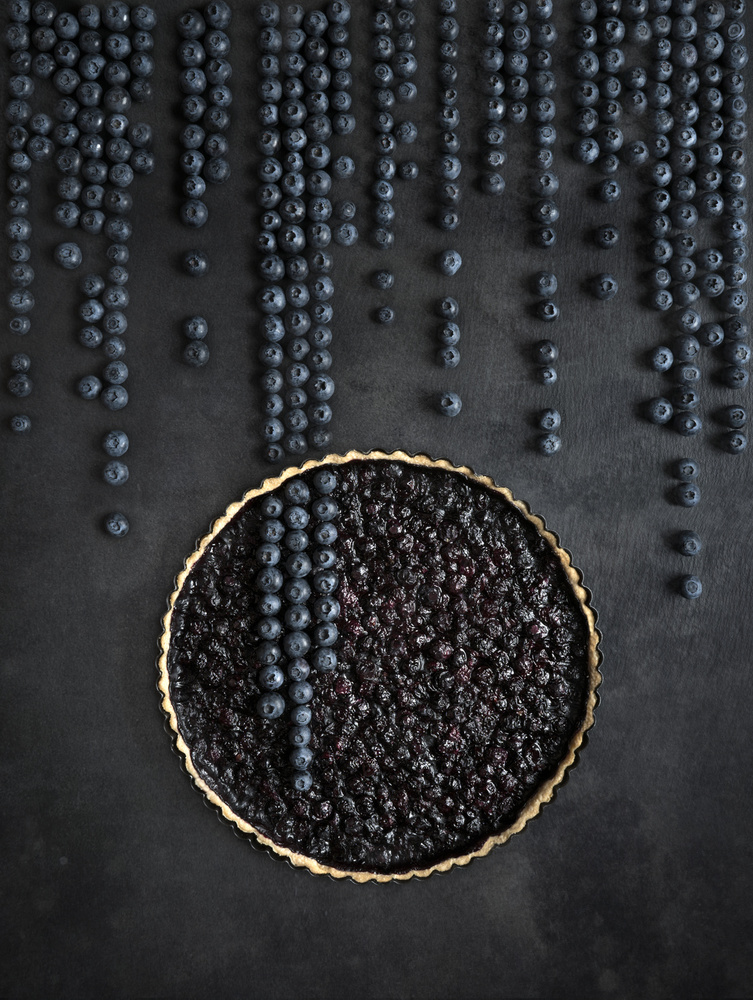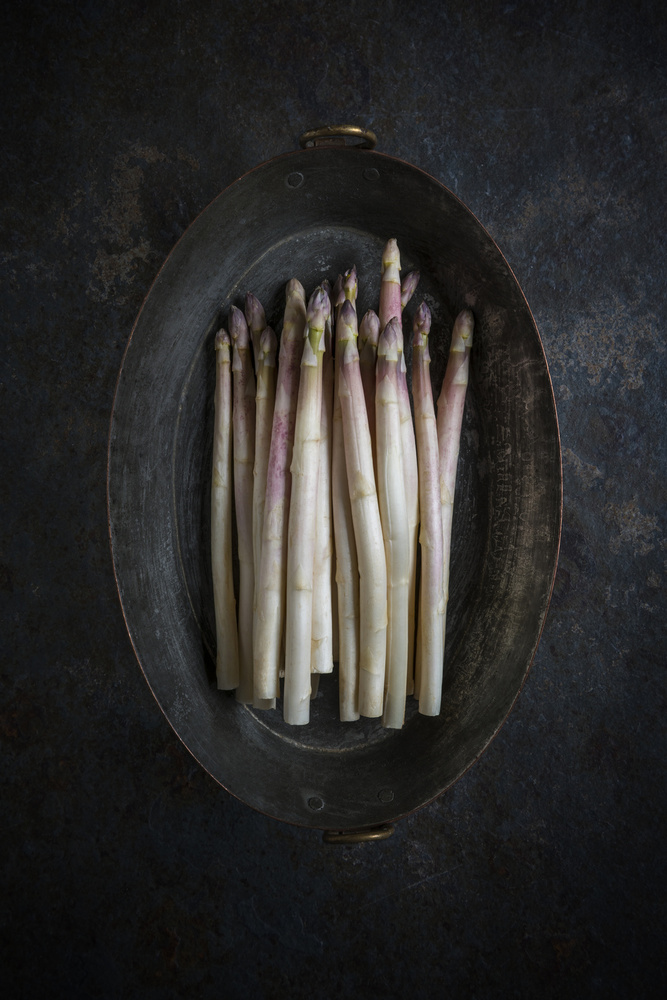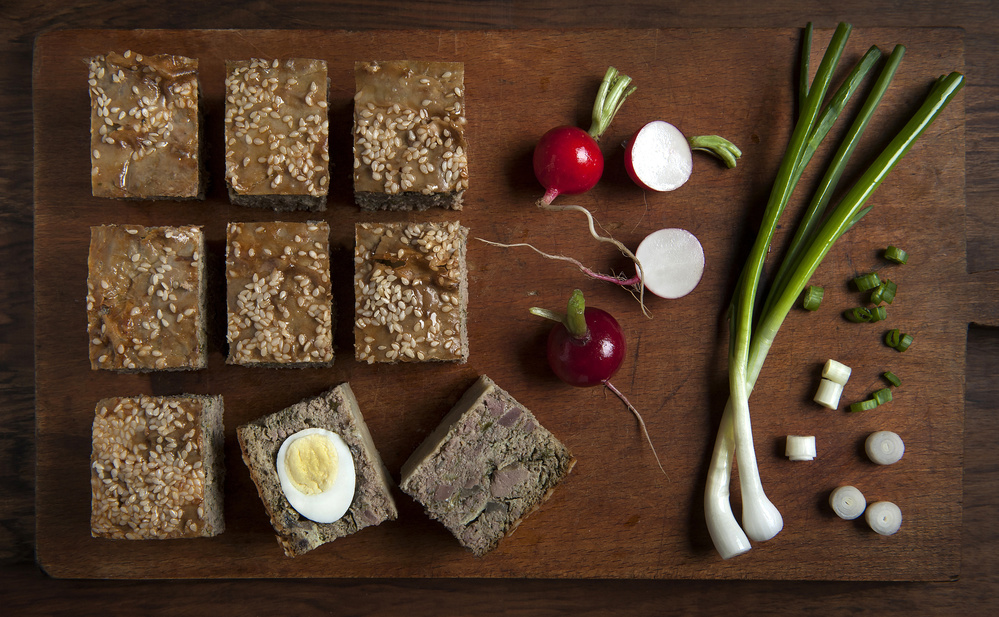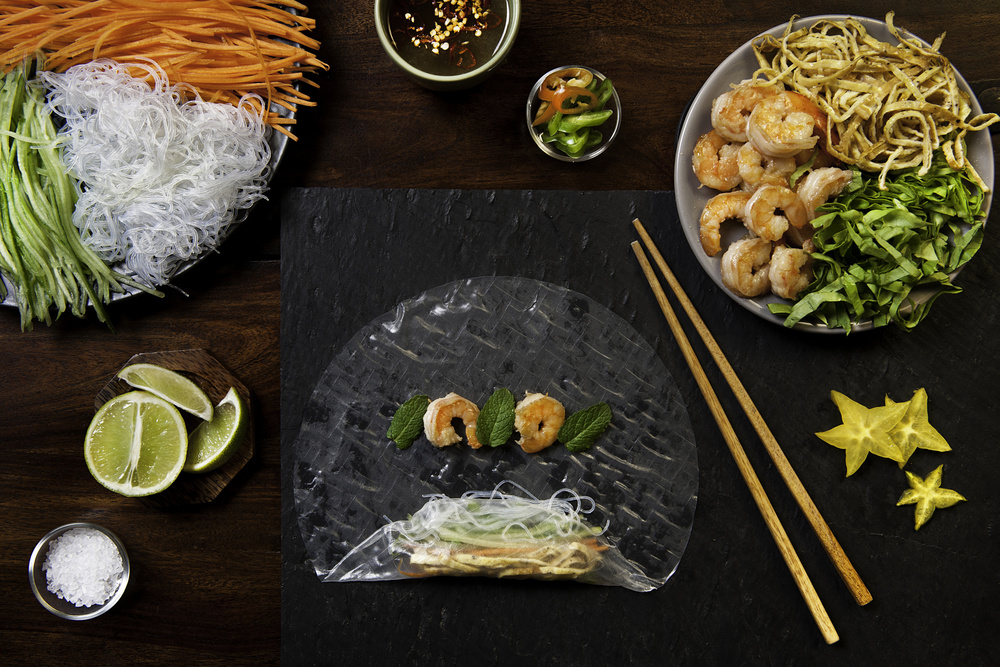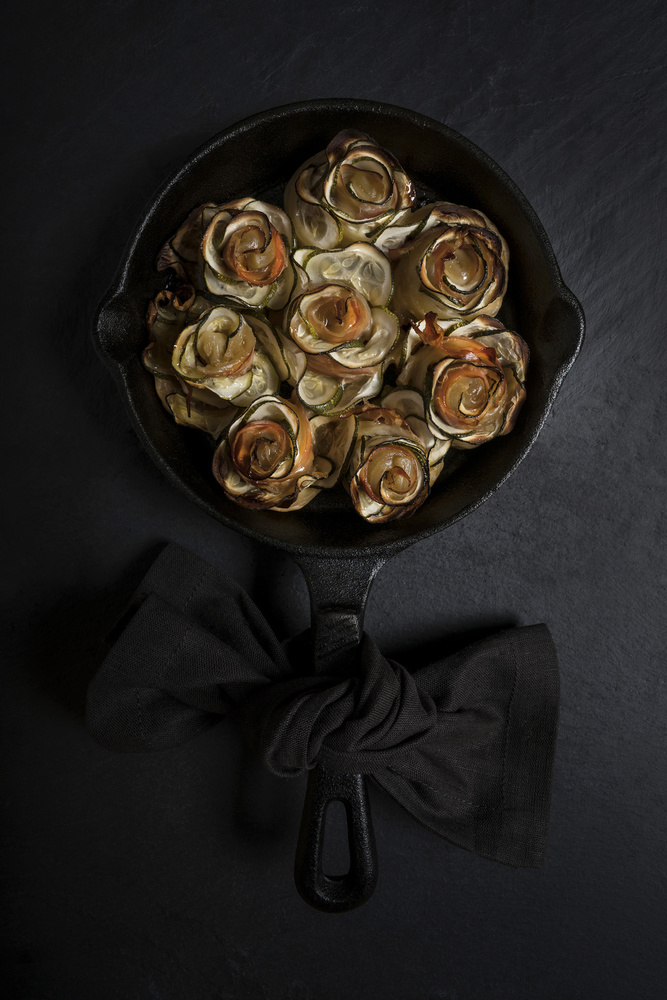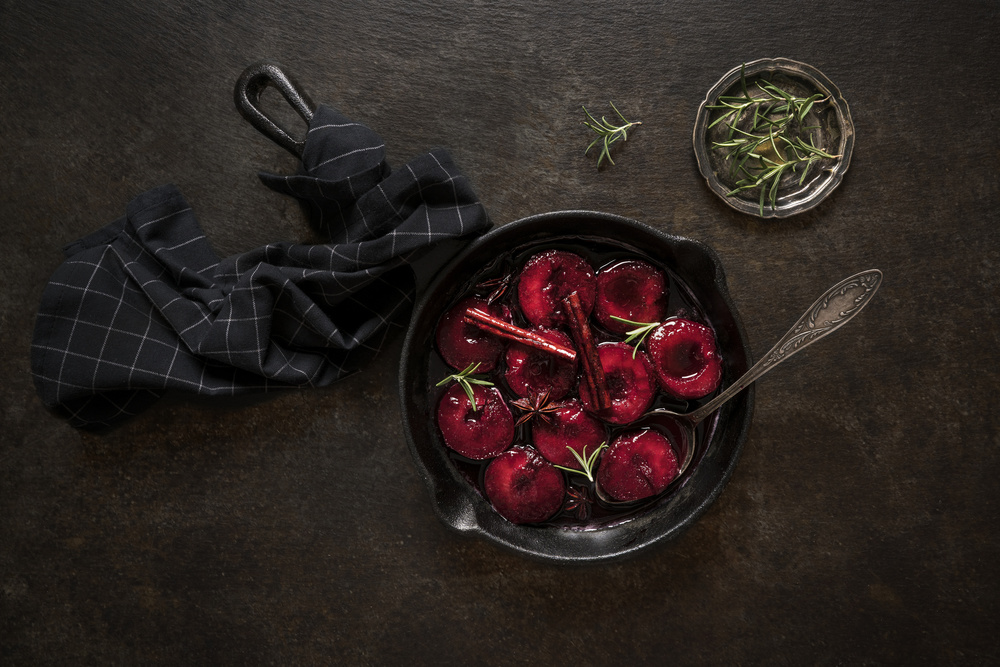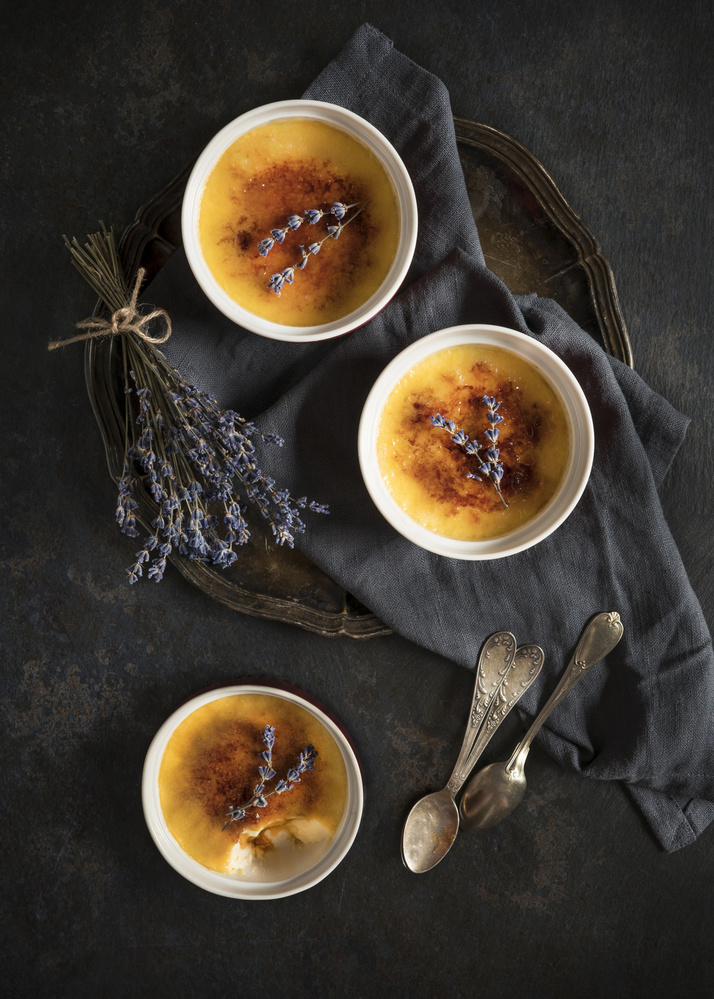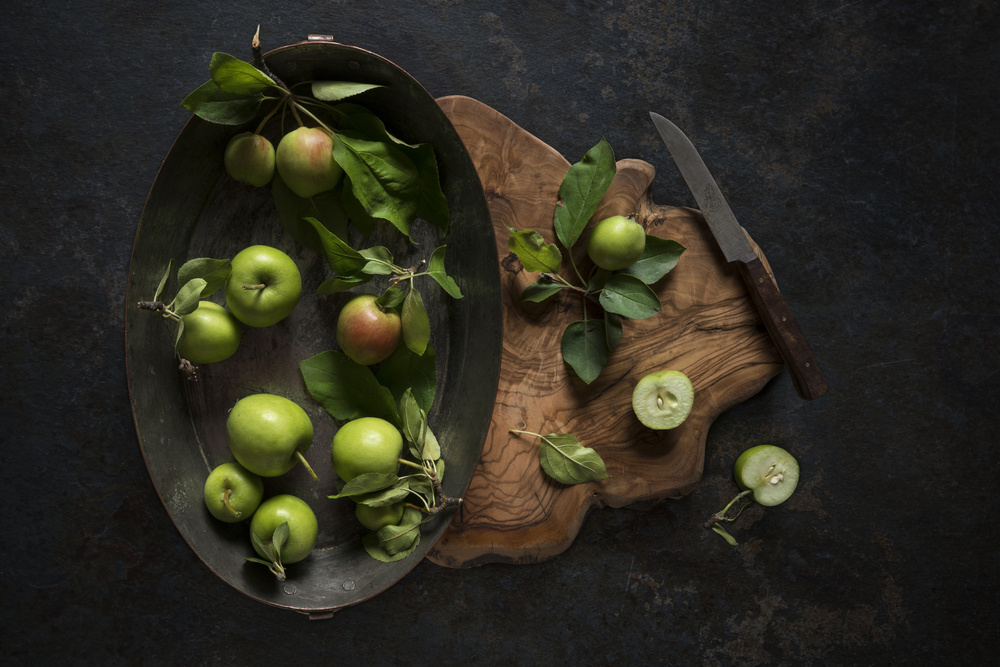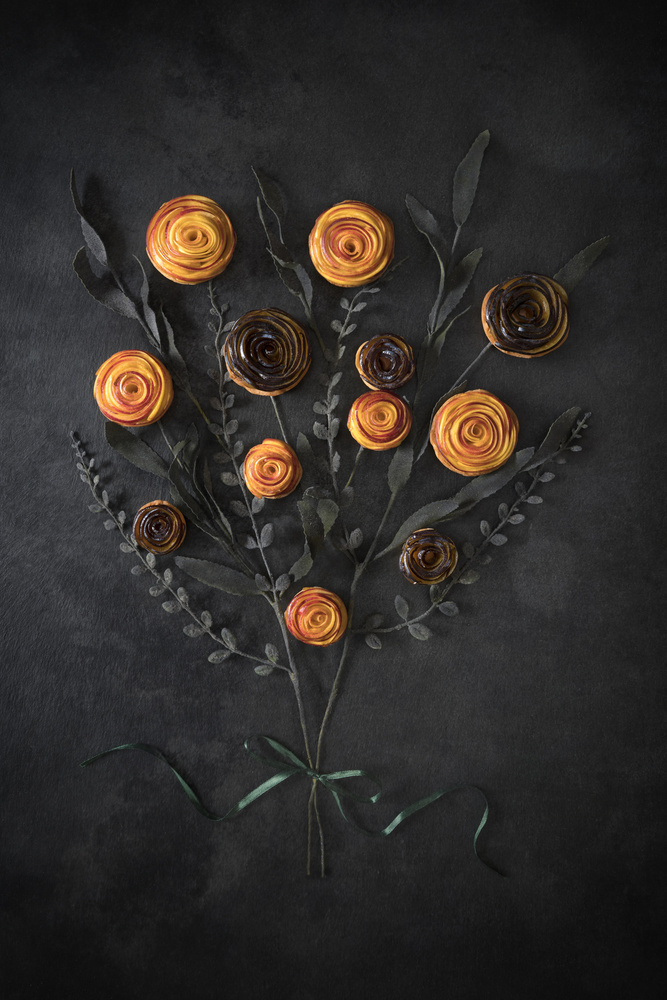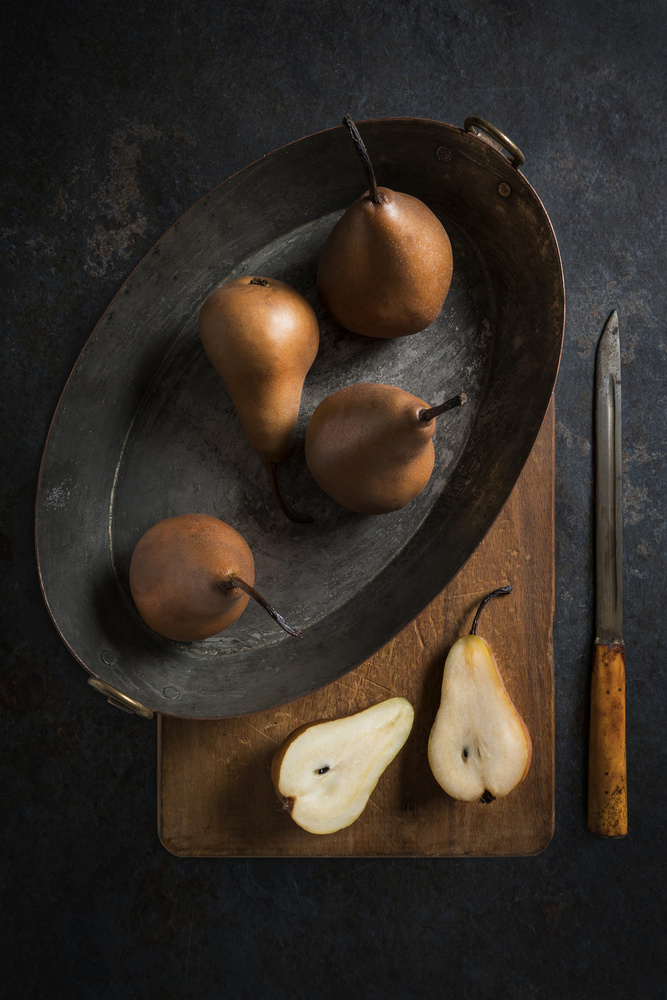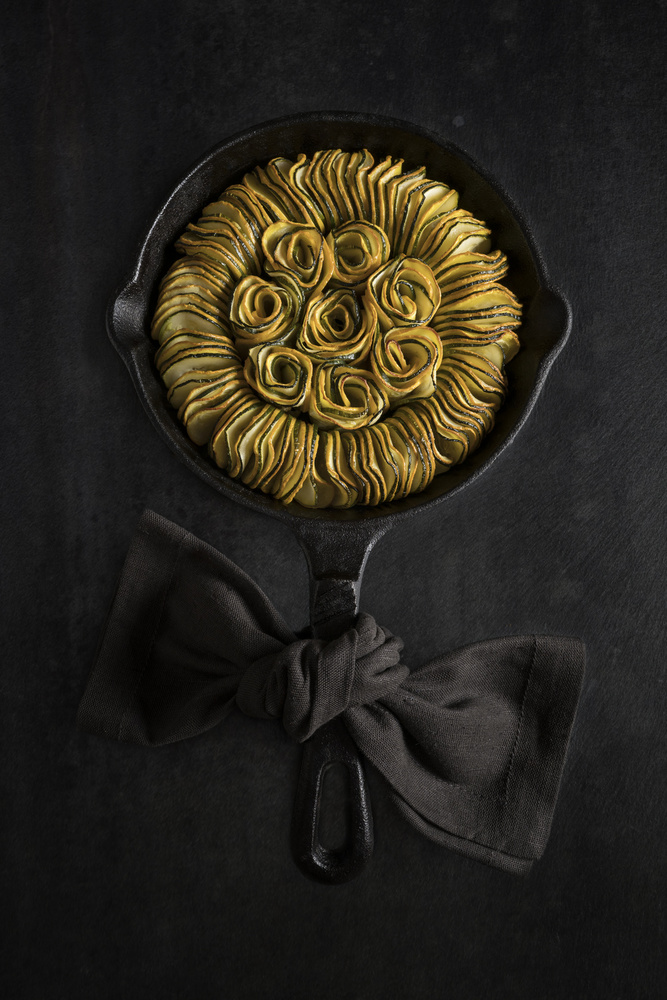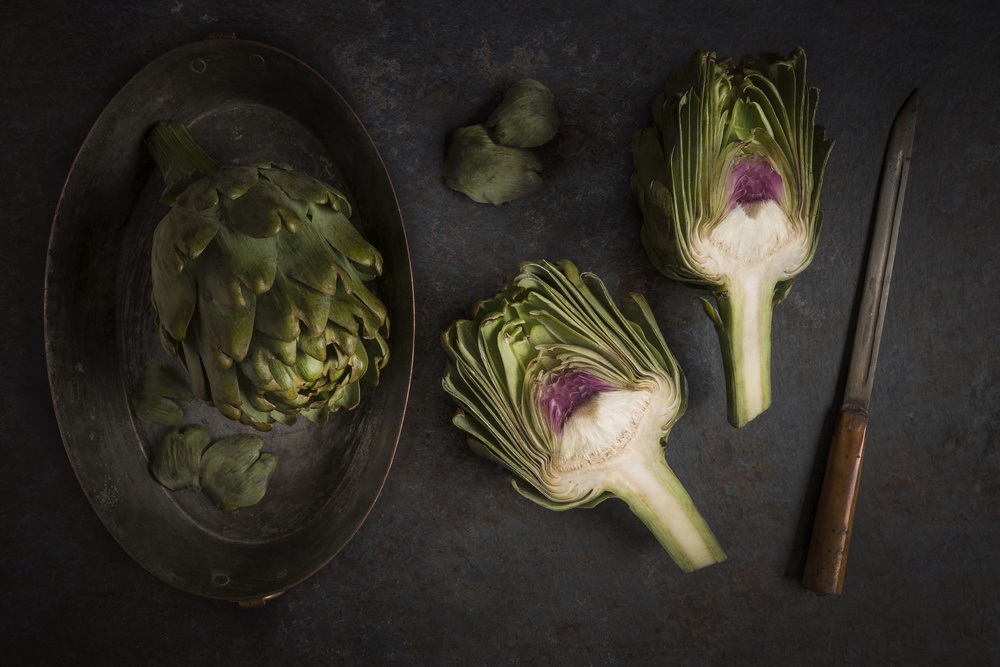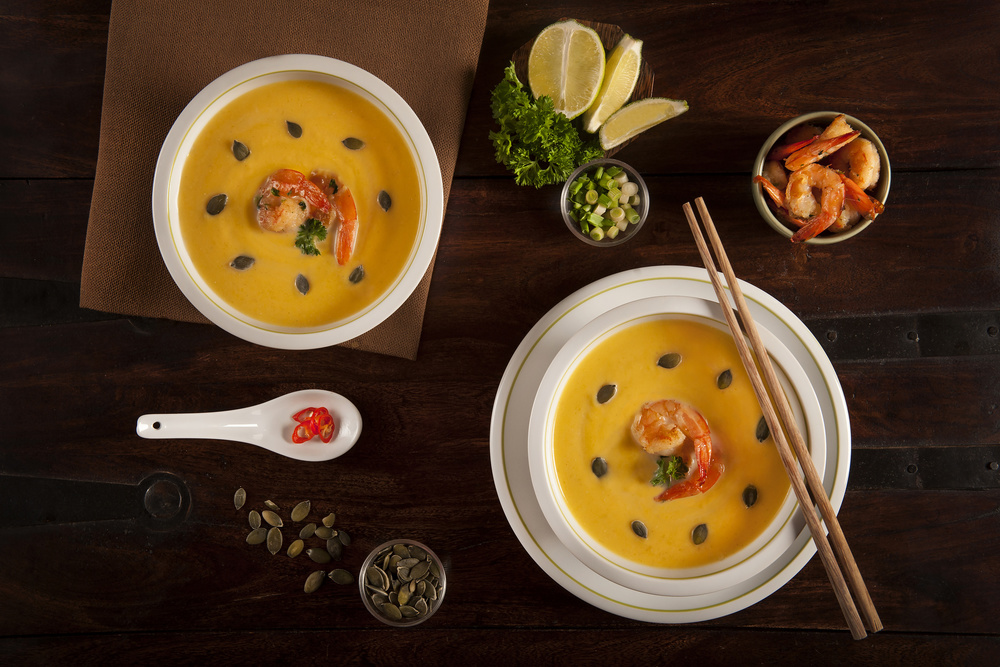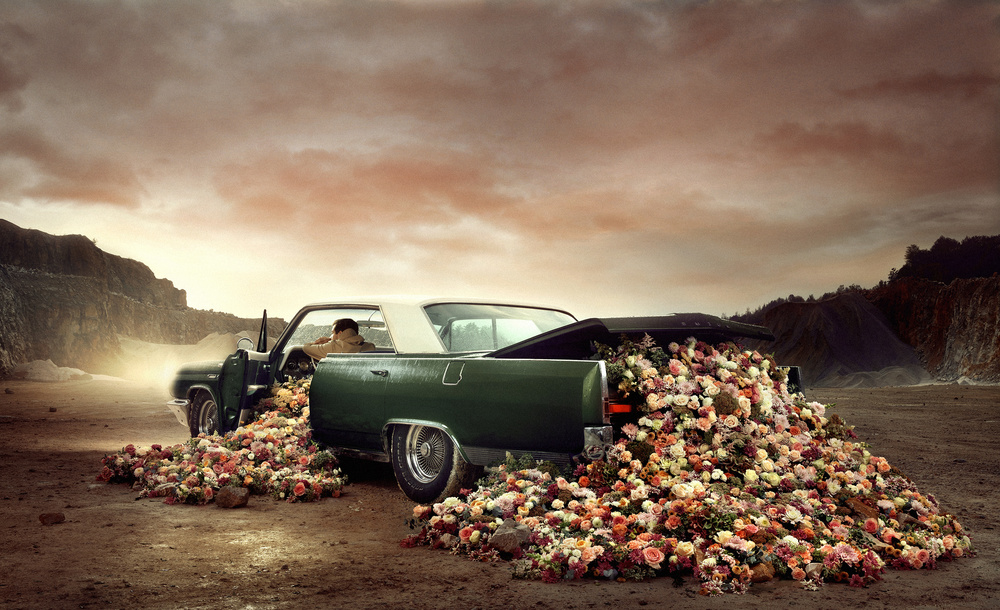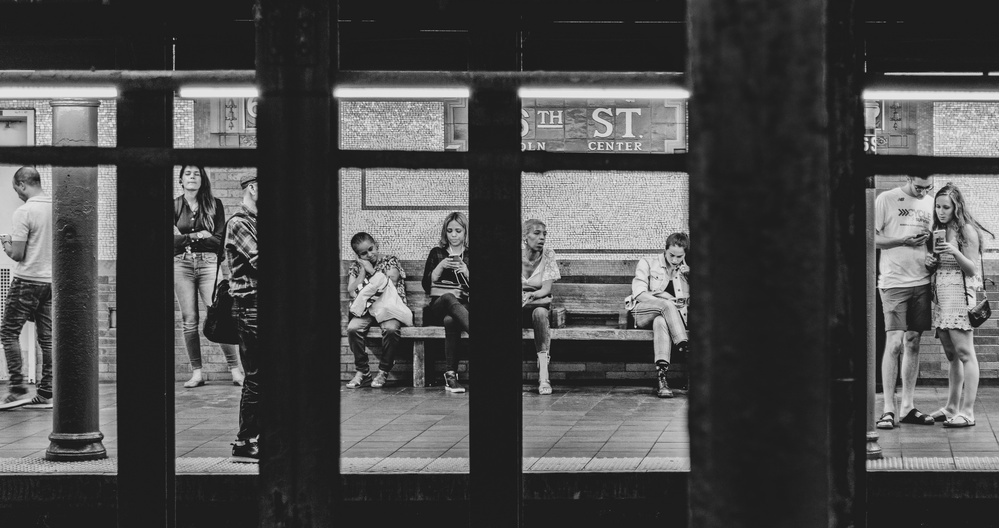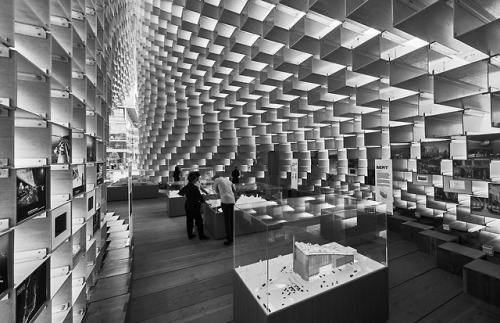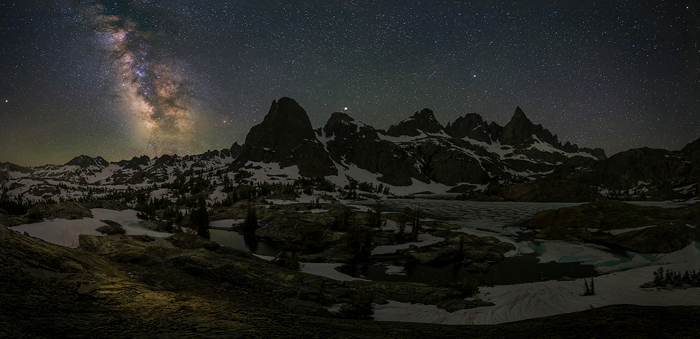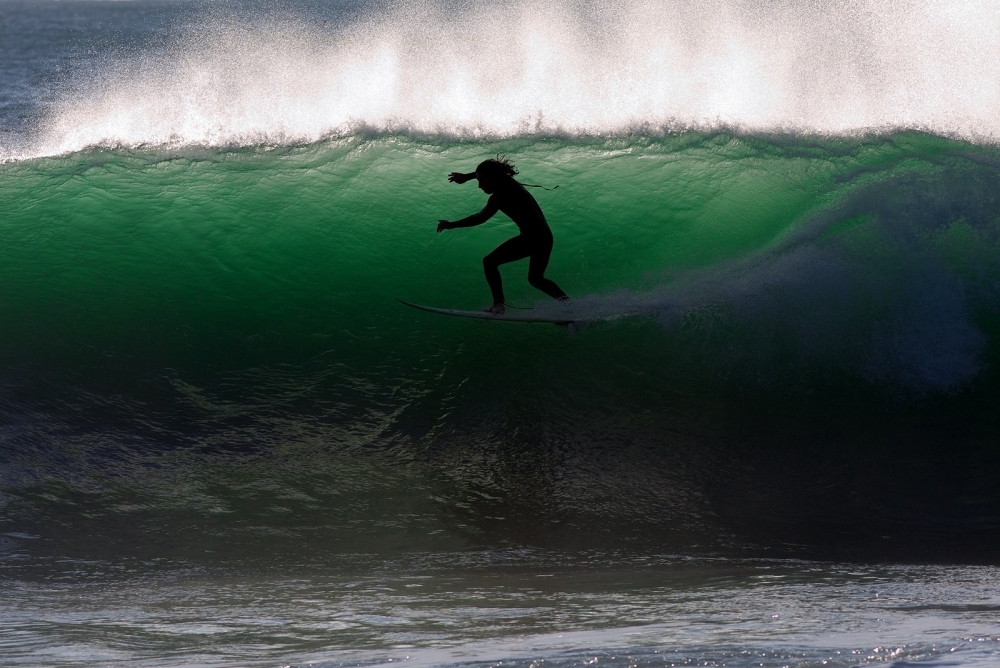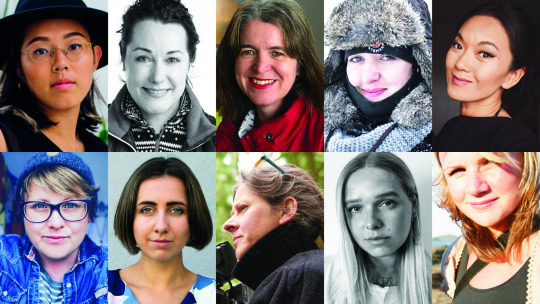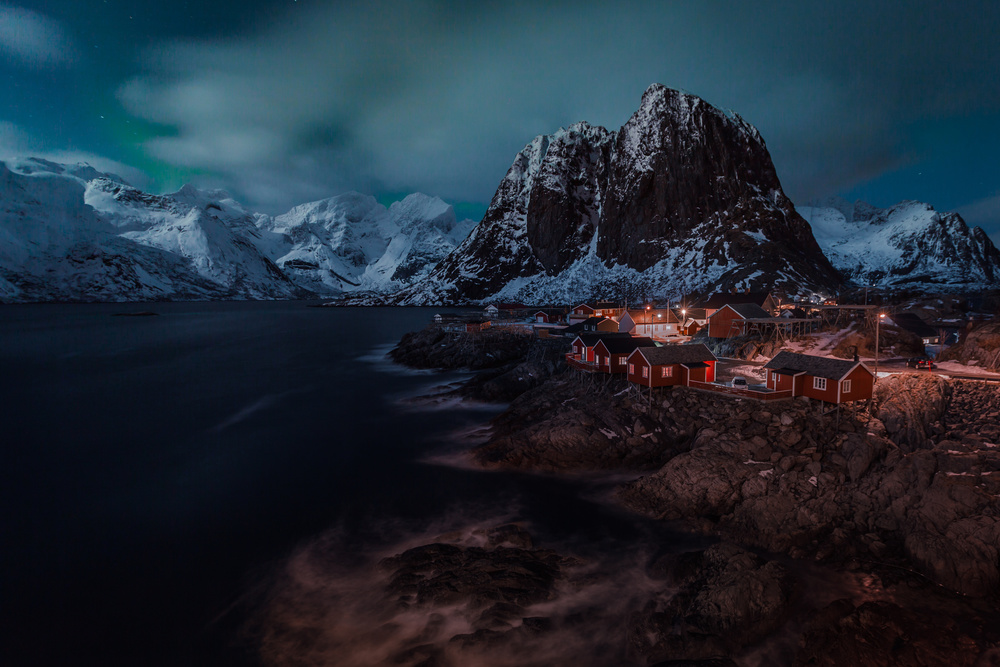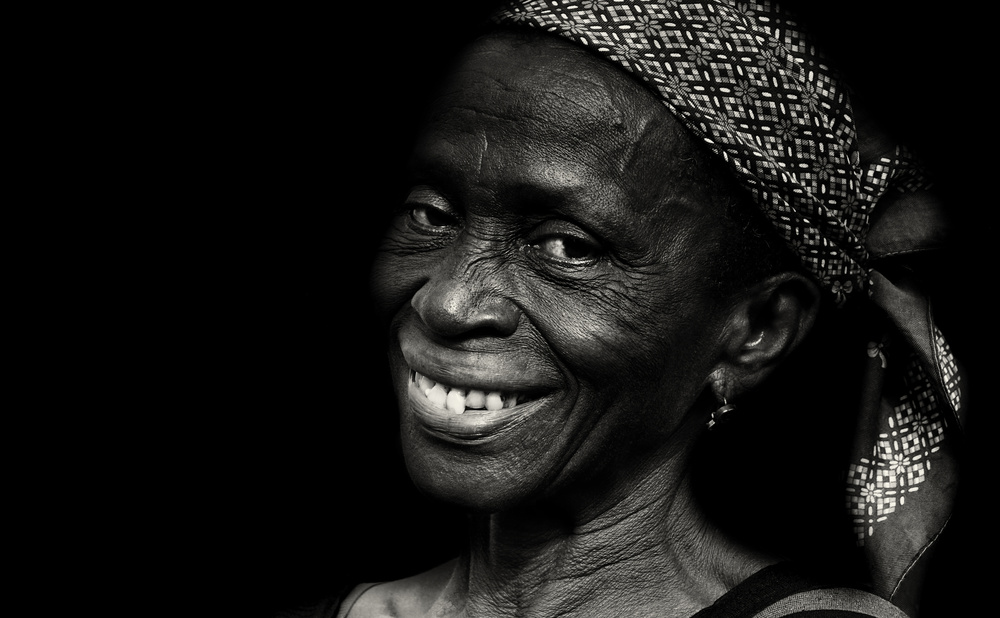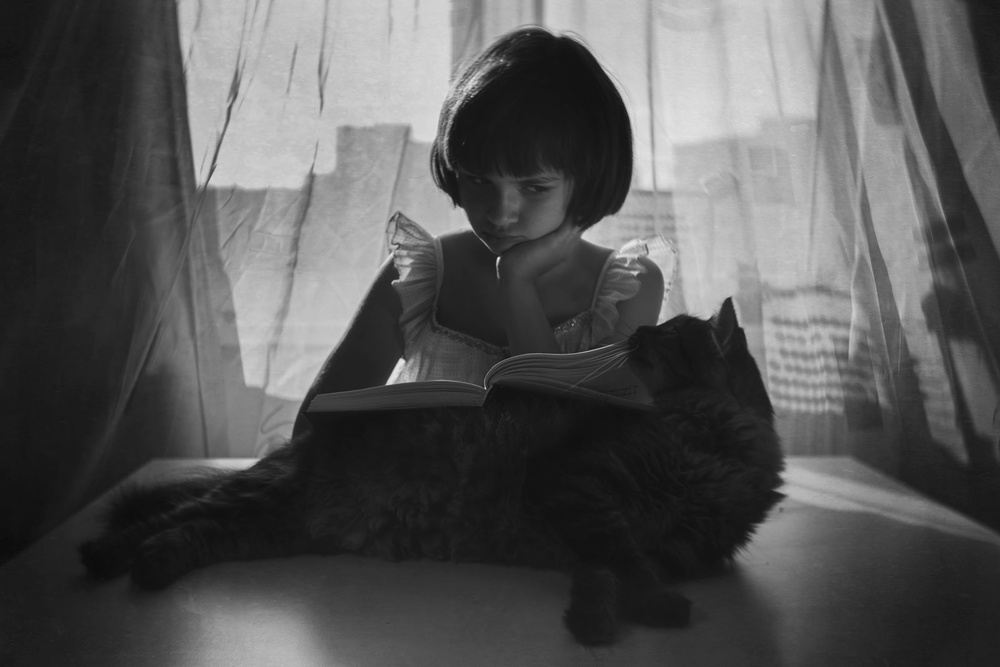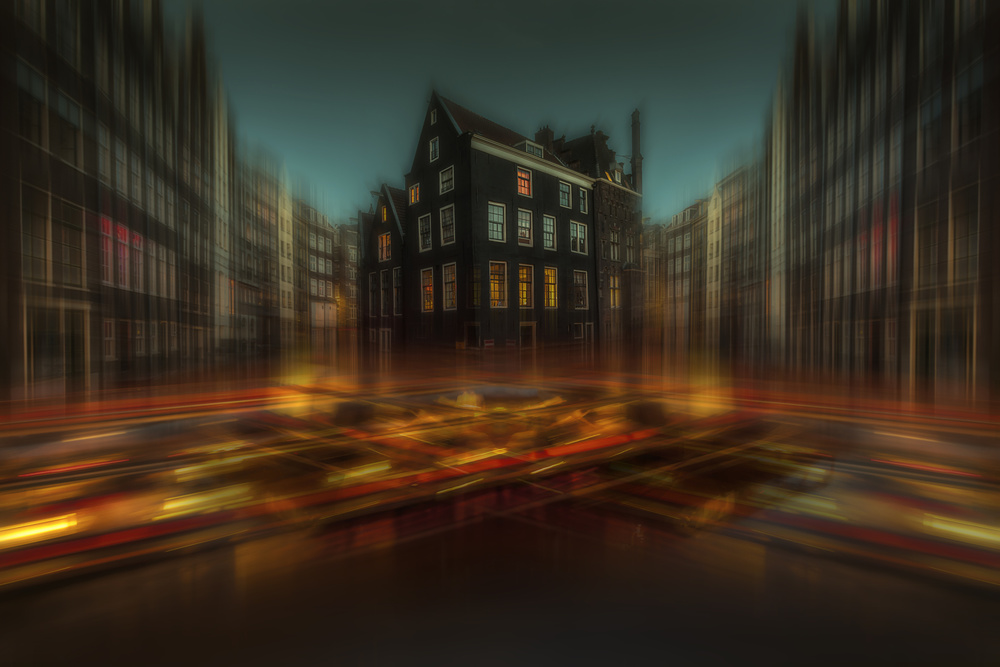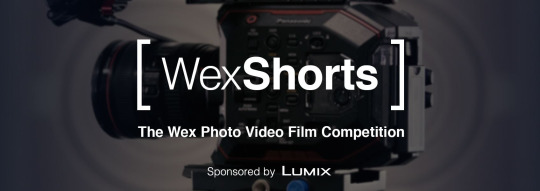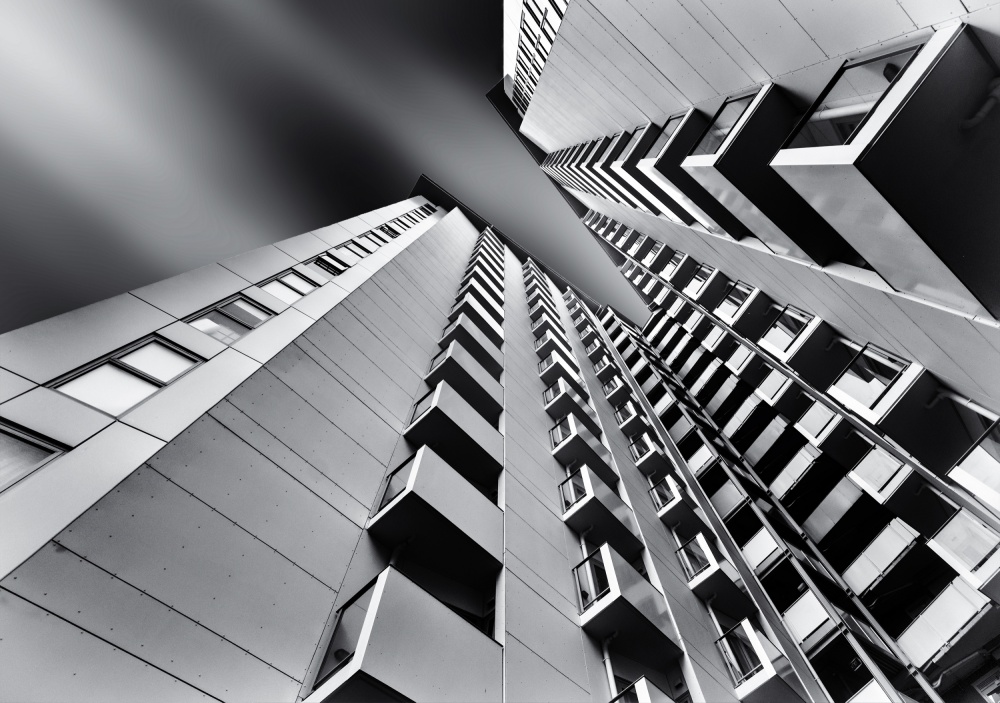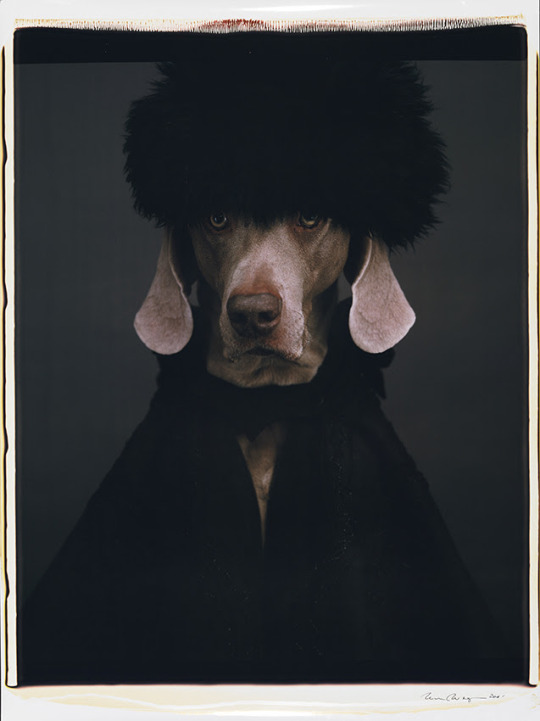Photographers
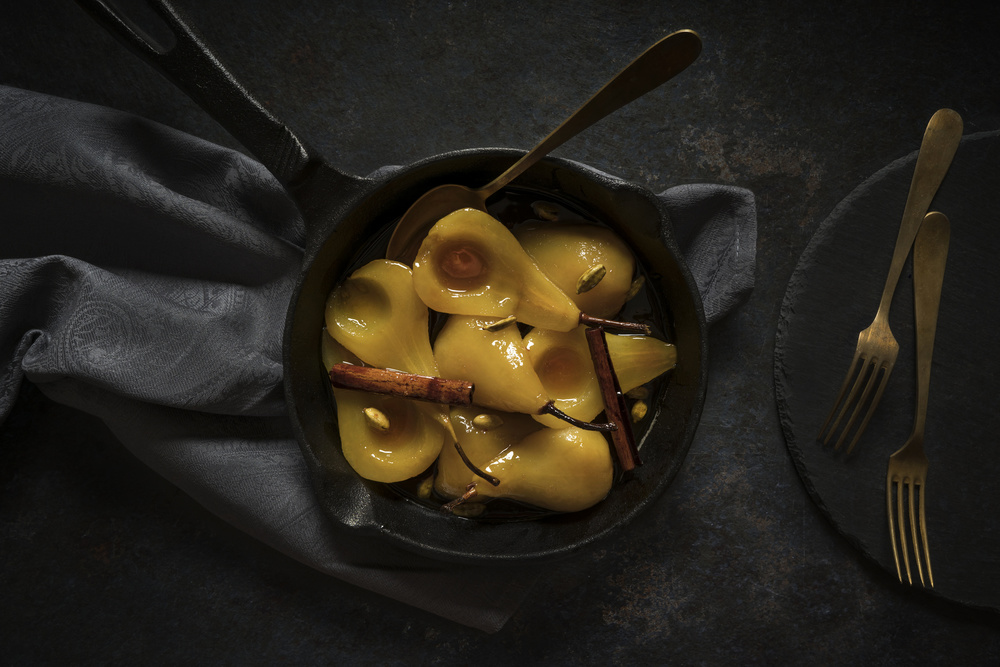
Diana Popescu: Photographer of the week
1x Blog-Photographersby Editor Yvette Depaepe
Diana Popescu is not only a skilful food photographer but also has a tremendous sense of aesthetics. Her photos are real masterpieces. She loves clear lines, geometric forms, colours and subjects that are clearly defined. Diana goes through the whole processing on her own – from choosing the right ingredients, cooking delicious recipes, photographing the final result and of course enjoying to share and eat the delicacies she prepares.
There is so much passion involved in her work! I invite you today to follow this double sweet lady on a little trip in her tasteful classy culinary photographic world.
Dear Diana, briefly tell us about yourself, your hobbies and other jobs.
I am from Bucharest, Romania, the city where I was born and spent my life so far. I studied economy and started already to work in the bank sector during my university years. I love dealing with figures, tables and calculations, but I’ve always felt that there was also an artistic side of my personality that I would have liked to explore more. Photography and cooking for photography offered me this opportunity. I have another huge passion, connected as well with photography: travelling and getting to know different cultures and lands. I make all travel arrangements myself as my husband always says that I have a good hand. We like to travel off the beaten tracks and do things that only locals do, like solo crossing the Simpson Desert (world’s largest sand dune desert) in Australia.
How has your history and life experiences affected your photography?
Which are your most important experiences that has influenced your art?
Since I started to travel I’ve been taking a lot of pictures, mostly documentary. Eight years ago, my husband bought a professional full frame DSLR. I found it so complicated at the time and only was able to use the automatic settings with far below average results. This worked for a part of my photographic journey. In general, I find the user manuals too boring to read, so I decided to sign in for a beginners’ photography course. I had six month of continuous challenges with a demanding teacher, I understood that I knew even less than I thought but at the end I was able to finish as best of my class with my exam portfolio and got my graduation diploma. But the journey was only at the beginning. After four years and different other shorter courses, photo tours and workshops, I went back to the same school to push even more my boundaries by following an advanced art photography course. This was the moment when I really felt that something changed in my vision on photography. I started to study art and get inspired by the XVI century Dutch painters.
What first attracted you to photography?
I never imagined my travels and other important moments of my life without photography. An image tells so much more than words ever can say. I also got lots of inspiration in many things in my life, my trips and the great photos I saw on the internet of in magazines.
Describe your overall photographic vision.
Even though I feel my images started to prove cohesion and a style that defines my vision, I am still not sure if I managed to figure out all my strengths as photographer. It’s an on-going process of discovering and emphasizing my view in everything I shoot. I like clear lines, geometric forms, colours and subjects that are clearly defined. I still leave the door open for everything that might come because it can bring me to a higher level.
Why are you so drawn by Food Still Life Photography?
For many years, I was taking mainly pictures during my trips. When I started to study photography, the desire to exercise increased far beyond the limited holidays. So, I started to experiment a kind of photography I could do at home. I tried macros, florals and other subjects around my home, but I was not very satisfied with the results.
One day I gave my colleagues a self cooked sweet cake. One of my colleagues insisted to publish the recipe in a culinary magazine. To do that, I had to take a picture of it. It was an awful one: I used a chair as background and had to deal with the yellow light from my kitchen. But at least the styling was decent. The truth is that, before sending the recipe, I checked the magazine and saw the section dedicated to travels that I found really interesting. Later I discussed with the editor to let me write about some places I visited. Being a culinary magazine, I had to write about my travels related to food and every story had to be accompanied by two traditional recipes from that specific place (with photos of course). I began to study extensively the food culture of places I wanted to write about. I cooked and took pictures of what I prepared. This really thrilled me because because I realized that food not only can tell amazing stories, but it also made it possible to travel via “food” while being home ;-)
What is more important to you, the mood,/story behind your images or the technical perfection?
I believe that an inspirational food still life image has to tell more than what you see at first glance. It has to make you feel something like the desire to eat or bringing back good memories or a sense of community and sharing. And even more, it has to cover the lack of smell and taste that are strongly connected with food. The mood definitely helps to achieve that goal but in order not to be missed, the photographer has to know how to master the technical skills.
What generally is your relationship to your subject matter beyond being an observer?
With food it is almost impossible to be only an observer. From the preparation up to the moment when finished and finally taking the photo, is as complex and important as the final image itself. I studied techniques for keeping the ingredients fresh until the end of my shooting (a real challenge), I red training material for chefs to learn how to handle the ingredients like a pro (I am still very, very far from it). I red many books on food styling and plating. I always cook and shoot food that I like to eat. I often challenge myself buying ingredients that I never used or unusual for the cuisine of my country (like lemongrass, fennel or tamarind) and discover them through the cooking and shooting process. The recipes I select have to be less conventional and more creative. And above all, the food needs to stay eatable till the end of the entire process, because I am totally against food waste.
Do you prepare carefully the locations where you are intending to photograph?
This is quite simple and relatively fast. “The locations” has to be in the proximity of my kitchen. I either shoot in my kitchen or in a corner of my living room where I have more space and where I can handle better the light. I also have to be close to the place where I store my backgrounds and props. Anyway, the least favourite part of this process is at the end when I have to pack back the lights, backgrounds and props in addition to cleaning the kitchen.
What gear do you use (camera, lenses, bag)?
For food photography, I still use sometimes the Nikon D700 (love it after 8 years) with the Nikon AF-S NIKKOR 24-70mm/2.8 lens or occasionally the Nikon AF-S VR Micro-Nikkor 105mm/2.8 lenses. But lately I'm using more often a Sony a7R II with a Zeiss Batis 25mm/2.0 lens.
I also have a Multiblitz Profilite 2 x 500 Studio Flash Kit with a large softbox, different grids and a 4-leaf barn door. The bag is Mindshift Backlight.
I have two Manfrotto tripods and I occasionally use them when shooting sequences or doing a stop motion. But most of the time I shoot handheld because it's more dynamic and I can easily move around the scene and try different angles, especially if I decide to change the styling.
What software do you use to process your images?
I use Photoshop with Nik Collection and TKActions.
Can you tell us something more about your work flow?
My workflow usually starts at the market when buying ingredients. I either start from a recipe I have in mind or buy an ingredient that I rarely find in our stores and decide later how to use it. While I am preparing the food, I also think of styling and pick the suitable props. This is the starting idea.
“Less is more” is my golden rule when plating and styling because food has to be the focal point of the image. I constantly add new props to my collection and flea markets are places of great inspiration. But I'm still fighting to avoid too busy images that distract the attention and even if I have now a quite large props collection, I am choosing carefully the ones I use for each image.
I like geometry and try to use it when the ingredients allow it.
Visualizing the final image helps me to shoot as close as possible to that idea. I barely take wider shots to crop them later because I don't want to waste space and time.
Often I take already pictures during the food preparation process and also try to take some close-ups.
If I am not totally satisfied with the final image, I change completely the set-up (including position of lights) and start again.
I select the images on computer, do only minor corrections and add sometimes a filter for the background if I consider that it enhances more the contrasts and makes the food pop better.
But if the photographer does everything on her/his own, it definitely needs endurance and patience, in addition to be an inspiring cook, a creative food stylist and an enthusiastic photographer.
Moreover, it helps a lot to know everything about the ingredients and how to keep them fresh throughout the entire shooting process.
The most important however is to find your own way and to bring your own perspective into the images.
Who are your favourite photographers and more importantly, how has your appreciation of their work affected how you approach your own photography?
My absolute favourite photographer is Penny de los Santos. I love her work, either in food or travel essays, and I practically devour every new image she publishes. Ever since I discovered her years ago, I feel I resonate with her style. I am impressed by how she masters light and uses shadows to add a special touch that always impresses me, besides making my mouth watering. I also like her concept of “making” a photo, opposed to “taking” a photo, because she considers that the photographer has to have an active role in the entire process.
More recently I discovered the work of Greg Stroube and love the rustic look of his photos and the way he uses light to get a luminosity that is similar to that of the Golden Age paintings.
Is there any specific photo taken by another photographer that has inspired you a lot and why?
I would be tempted to nominate the entire portfolio of Penny de los Santos but have chosen this one because it proves the beautiful way in which she manages lights and shadows and how everything is always at the right place.
I'm also impressed by Greg Stroube's "Black, White, and Blue Foods" series. He managed to capture images that are quite particular for food photography by only using a limited colour palette. My favourite image from this series is .
Are there any specific directions that you would like to take your photography in the future or any specific goals that you wish to achieve?
In the future, I would like to try to shake up a little bit the way I usually do things. I would like to diversify more the angles and also the backgrounds. I feel very comfortable with the dark background and the mood it brings to my images, but my aim is to get the same results also with lighter backgrounds, even white.
At the same time, I am also interested in compositions, especially on dark backgrounds, because I would like to get as close as possible to the look of old masters’ paintings.
So far, I feel I didn’t pay enough attention to details, so capturing drips or glazes could be another direction.
Describe your favourite photograph taken by you and why it is special to you?
I am particularly found of this image because for me it represents much more than food. It reminds me of a place I love and a moment I treasure. Just returned home after a trip to Vietnam, I wanted to try one of the recipes from the cookbook I received at the end of a cooking class I took in Hoi An. I didn’t have props to match an Asian dish and used a wooden trunk as background. The surface was far too shiny and the light in my living room was insufficient, but I am still so happy with the result.
Is there anything else you wish to add and what do you think about 1X as a home base for your work?Some weeks ago, having this interview for 1x was a dream I didn’t dare to dream. During the beginners’ photography course, my teacher said that if we really want to know what a good image means, we have to see the 1x gallery. Since that moment on, I wished I was part of it and I am happy I found the way through with my food still life images. I am grateful for all the images published, but even more for those rejected because they served as useful lessons for improving. I continue to learn a lot from the work of the good photographers and curators of 1x.
Last but not least, I am particularly thankful to the person who shaped part of this road with all his 'NO's. I hope he gets to know this from where he is now.
. '

